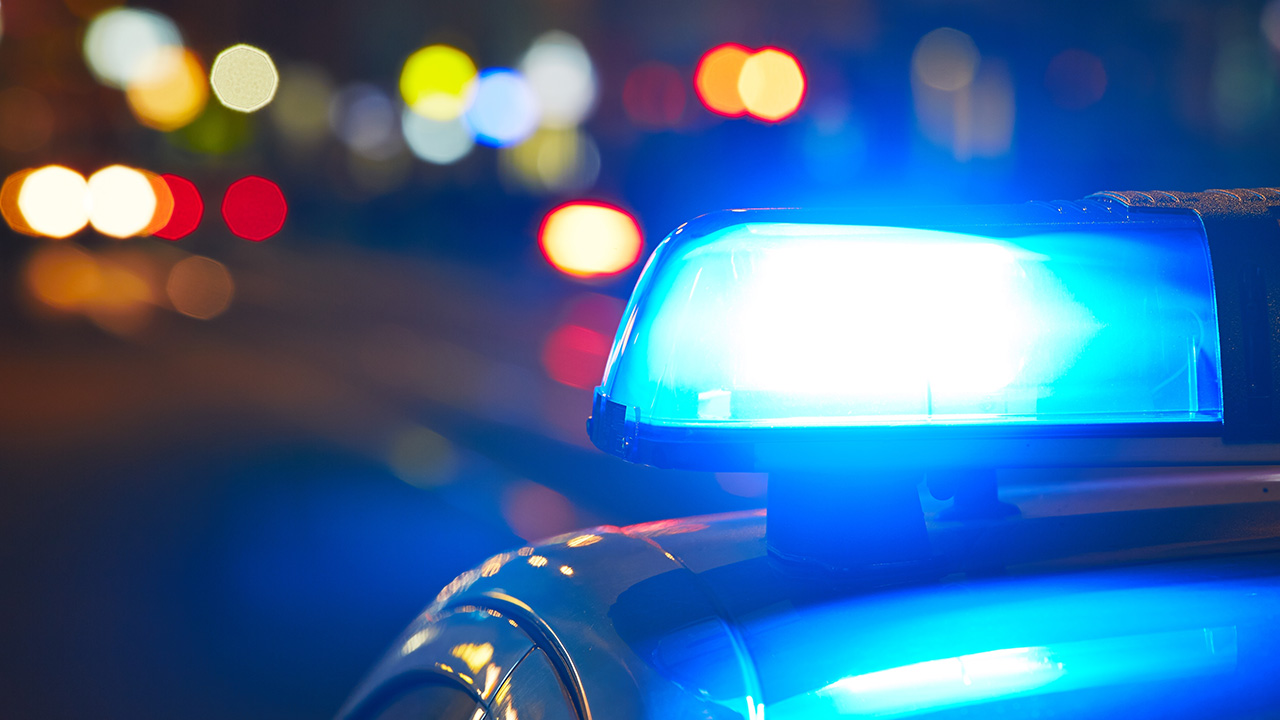BACK TO SCHOOL SAFETY: Keeping your student's lunch safe and nutritious

FRESNO, Calif. (KFSN) -- Schools will be providing free lunch for all students this year, but if you decide to pack your student's lunch instead, there are important steps you should follow to keep it nutritious and safe.
The first step is to clean.
Before you get started, wash your hands.
"I find that a lot of people will cut out that step because it's like a time saver," Maryam Cooke said.
Cooke is a Court Appointed Special Advocate for Fresno and Madera Counties and is a cooking instructor for foster children in the CASA program.
She says to be creative and do whatever it takes to remind you to keep your hands clean.
"I just get like really nice scented soap, like hand soap, and that way it's almost like an internal motivator for me to smell it," Cooke said.
The U.S. Department of Agriculture says, in a study, only 44% of people attempted to wash their hands.
Only 3% washed them properly by rubbing their hands for at least 20 seconds.
Proper handwashing can help prevent cross-contamination when preparing lunches.
While you're preparing food, keep veggies and fruits far away from raw meat and use separate cutting boards.
When choosing food options, Cooke says to start building your child's meal with the main course.
"I always try to keep it like protein forward," Cooke said.
Once you have your main source of protein, think about vegetables and fruits your child likes.
Keeping those in their whole form and not slicing them up will ensure they stay fresher and longer.
"Those little apples, those little cuties, they're already packaged by nature, so just stick them in there, and it's perfect," Cooke said.
The USDA says bacteria start to grow on hot and cold food items most rapidly when food reaches the "Danger zone," that's between 40 degrees and 140 degrees.
You can use a thermos to keep hot foods hot.
For cold meals, the USDA recommends using at least two cold sources, such as an ice pack and freezing your child's drink to keep food at the right temperature.
"Making sure that you're keeping your cold things as cold as possible by having two ice packs in there is going to be really helpful," Cooke said.
For sauces and condiments, consider sending individually packaged mayonnaise and mustard that they can add to their food at lunchtime.
Shelf-stable items are the perfect way to round out your child's meal.
Nuts, dried fruit, Goldfish or - if you're lucky - a healthy snack.
"My kids really like seaweed -- they eat it like chips, so I'm ok with it," Cooke said.
For balance, feel free to throw in a sweet treat like cookies or a piece of candy.
Cooke says the goal is to keep your child healthy and full, so don't be afraid to think outside of the box when it comes to packing lunch.
"Like if your kid likes scrambled eggs, give them scrambled eggs," Cooke said.
Cooke also says if your child came home from school and didn't eat any of their lunch, you should have a conversation with them about why.
Then you may consider getting them involved in grocery shopping or packing their meals so they have another reason to look forward to lunchtime.
For news updates, follow Jessica Harrington on Facebook, Twitter and Instagram.











